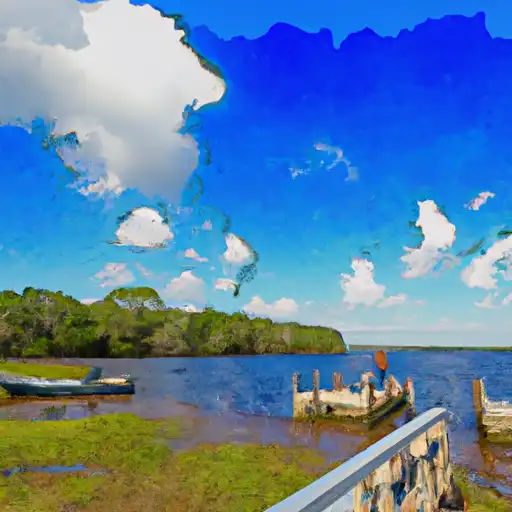°F
°F
mph
Windspeed
%
Humidity











Lake Arthur is a charming town located in Jefferson Davis Parish, Louisiana, known for its beautiful lake and outdoor recreation opportunities. The climate in Lake Arthur is typically warm and humid, with hot summers and mild winters. Summers are characterized by high temperatures reaching around 90°F, while winter temperatures average around 50°F.
Lake Arthur is centered around its namesake, Lake Arthur, which is a 2,200-acre freshwater lake. The lake is known for its pristine water quality and rich hydrology constituents, including a variety of fish species such as bass, catfish, and crappie. The lake provides excellent opportunities for boating, kayaking, and fishing, attracting outdoor enthusiasts from near and far.
In addition to Lake Arthur, the town offers various outdoor recreational activities. Lake Arthur Park is a popular spot for picnicking, walking trails, and playgrounds. The surrounding area is also suitable for birdwatching and wildlife observation, with numerous species to spot.
Overall, Lake Arthur is a picturesque destination that offers a pleasant climate, diverse hydrology constituents, and ample opportunities for outdoor recreation, making it an ideal place for nature lovers and outdoor enthusiasts.
Weather Forecast
Lake-Arthur receives approximately 1522mm of rain per year, with humidity levels near 89% and air temperatures averaging around 20°C. Lake-Arthur has a plant hardyness factor of 9, meaning plants and agriculture in this region tend to thrive here all year round.
Regional Streamflow Levels
1,400
Cubic Feet Per Second
1,560
Cubic Feet Per Second
482
Cubic Feet Per Second
563
Cubic Feet Per Second
Nearby Camping
| Camping Area | Reservations | Toilets | Showers |
|---|---|---|---|
| Valentine Lake South Shore | |||
| Kincaid Complex | |||
| Colfax Rec Area Campground | |||
| Cotile Rec Area | |||
| Lorrain Parish Park | |||
| Valentine Lake North Shore |



